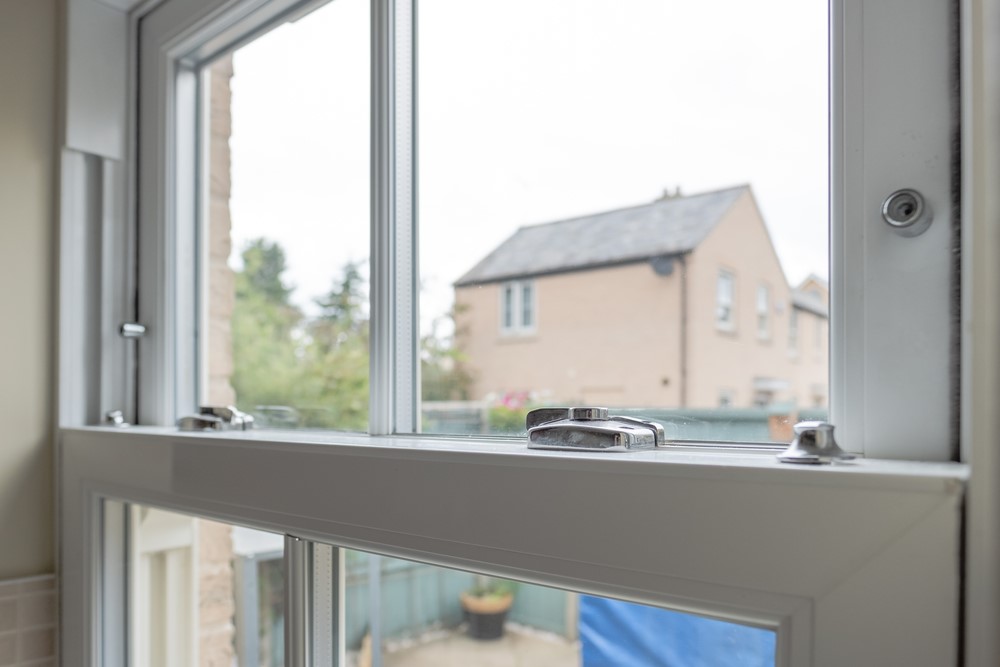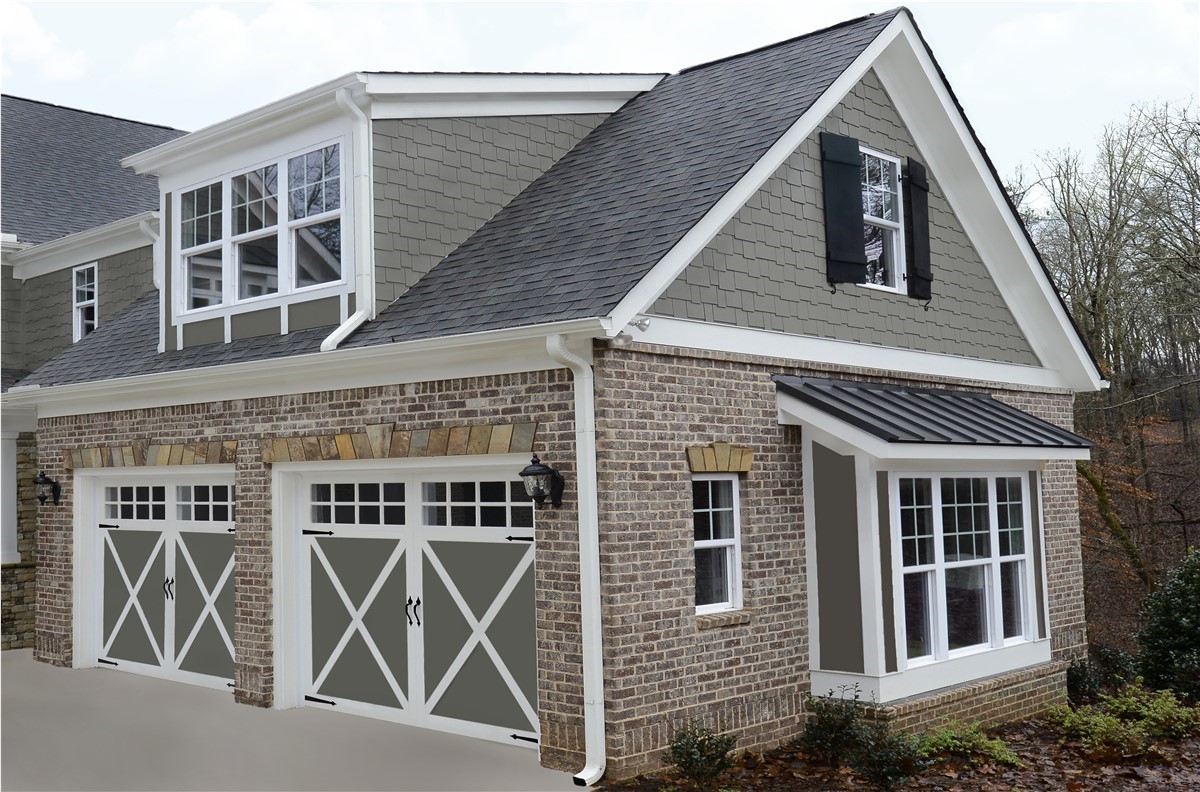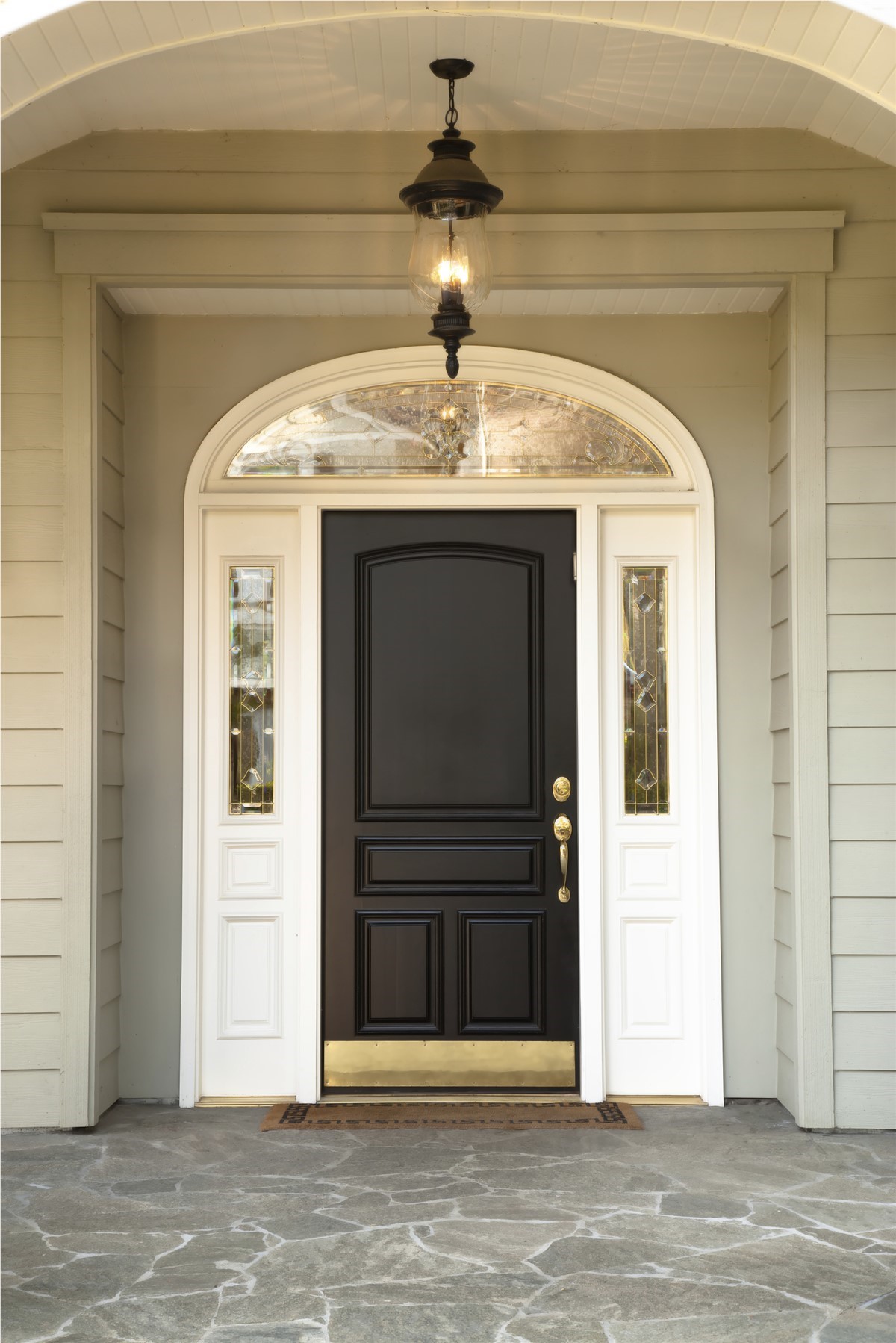The cool fall weather can be a relief after a hot and humid summer. For homeowners, this transitional season is also a good time to make some simple home improvements before the winter chill hits. There are a number of updates that can be made to increase energy efficiency, boost property value, and add much needed comfort to your home. Taking some preventative steps can also protect your home against water damage during periods of heavy rain or snow.
Replacement WindowsWindows are always a good go-to project for improving a home’s energy efficiency. If you notice that your windows are sticking, you feel a draft in the house, or your energy bills see a sharp uptick as temperatures become more extreme, it’s probably time to replace your windows. According to Remodeling magazine, you can recoup 71.2% of the cost of a vinyl replacement window project in added home value. You will also see immediate savings in monthly energy costs. In Pittsburgh replacement windows are often the biggest factor in winter energy bills.
Replacement Exterior DoorsExterior doors are another area to pay close attention to because, like windows, they can create a direct channel to the outdoors for escaping air. If your door is cold to the touch as the weather turns or if you can feel air streaming in around the edges, you should consider a replacement exterior door. Another telltale sign is the fit of the door in its frame. If it is a tight squeeze, looks crooked, or is difficult to lock and unlock, this loss of functionality indicates that the door is shifting and should be replaced. Shifting can create gaps where heat can escape, reducing the energy efficiency and indoor comfort of your home.
Roofing RepairsOld roofs can let water leak in while allowing precious heat to escape from your home. From the outside of your home, if you see missing, cracked, peeling, discolored, or crooked shingles, parts of your roof may be weakening, losing their ability to protect the interior of your home. Damage to the structure of your home can be prevented if shingle damage is caught in time. You may also be able to replace just sections of tile instead of the whole roof. From your attic, if you see signs of sagging, moisture, or dark spots/trails, you can expect water damage, mold, and heat loss to be a problem in the winter. At this point, a roof replacement may be needed instead.
Gutter MaintenanceGutters are a crucial part of your home’s water drainage. They are designed to carry water away from your house, and leaving gutters clogged can cause major problems when heavy precipitation in late fall starts. Over the year, gutters tend to collect debris like dirt, leaves, and twigs. When rain falls in the winter, this material absorbs that water and becomes extremely heavy. Sometimes, the weight is too much for the gutters to bear and they either break or tear away from the house. Even if the gutters remain intact, the debris diverts the flow of water, causing leaks to spring. This can leave dirty water marks on the exterior walls of your home, and it can even damage the wall, causing internal rot, if the problem is allowed to continue for too long. In winter, problems become even worse in cold climates like Pittsburgh. Blocked gutters are more prone to creating ice dams, where frozen water collects and slowly creeps back up the roof as more snow falls onto it. As the water freezes, it pries up roofing tiles, allowing for water to easily seep through into your home. Routine cleaning in the spring and early fall should be enough to maintain your gutters.
Insulation ReplacementFor Western Pennsylvania, the Department of Energy recommends up to R60 insulation in home attics, meaning 20 inches of insulation. Many homeowners do not have insulation that approaches this thickness. Make sure you have proper insulation before temperatures start to really drop. You can also find low dust and anti-mold options.
If you notice weaknesses in any of these areas in your home, take care of them early in the season. If you know that last season’s energy bills were high, be proactive in tackling the problem by replacing aging hardware and fixing noticeable issues while the good weather holds out.
Subscribe to Legacy Remodeling's Blog











Comments